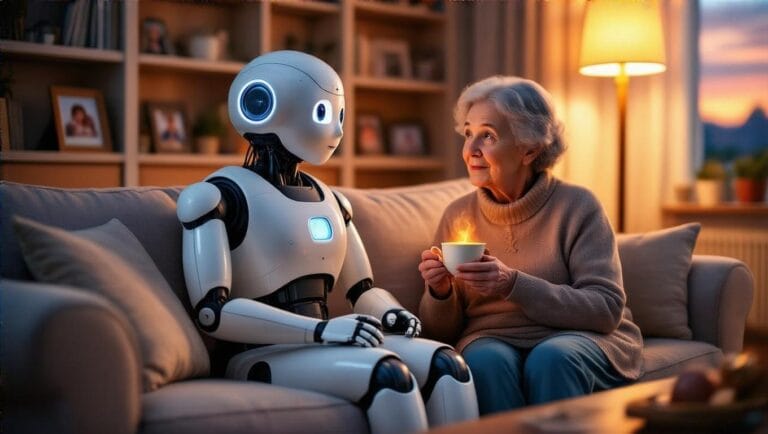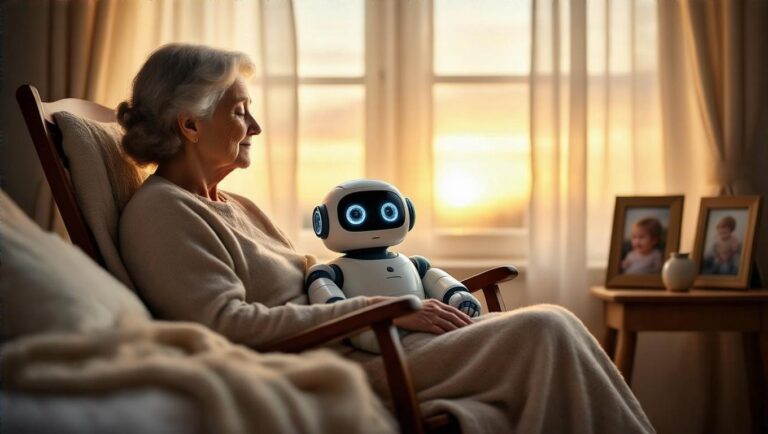Answer just a few questions and we'll have you matchedwith your perfect Companion Robot!Click now for your FREE custom report!
Robot Pets for Children: How Companion Technology Enhances Development
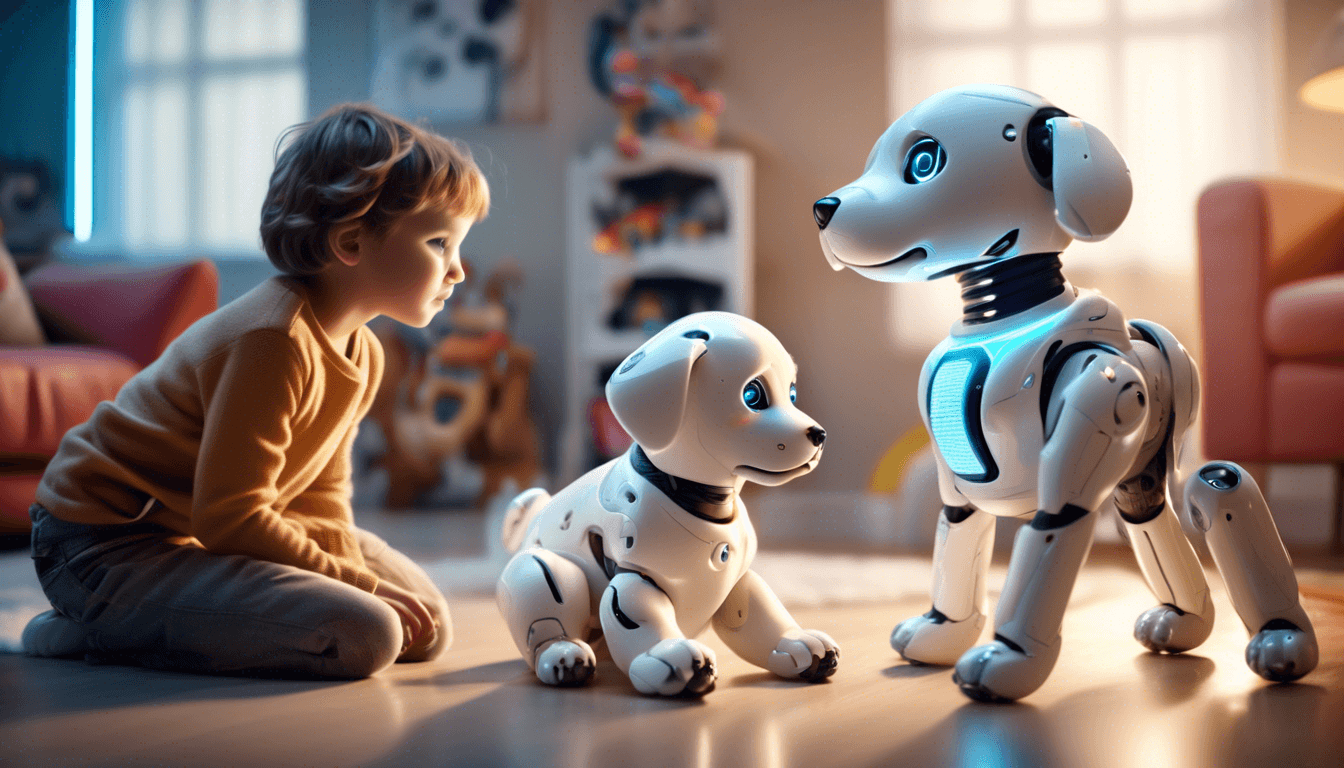
Robot Pets for Children: How Companion Technology Enhances Development
As a parent, you want the best for your child’s growth and development. In today’s digital age, that might just include a robot pet. Yes, you read that right – robotic companions are becoming increasingly popular as tools to support children’s cognitive, emotional, and social skills. But before you start picturing a dystopian future where every kid has a metal best friend, let’s dive into the fascinating world of companion robots and explore how they can positively impact your child’s development.
The Rise of Robot Pets
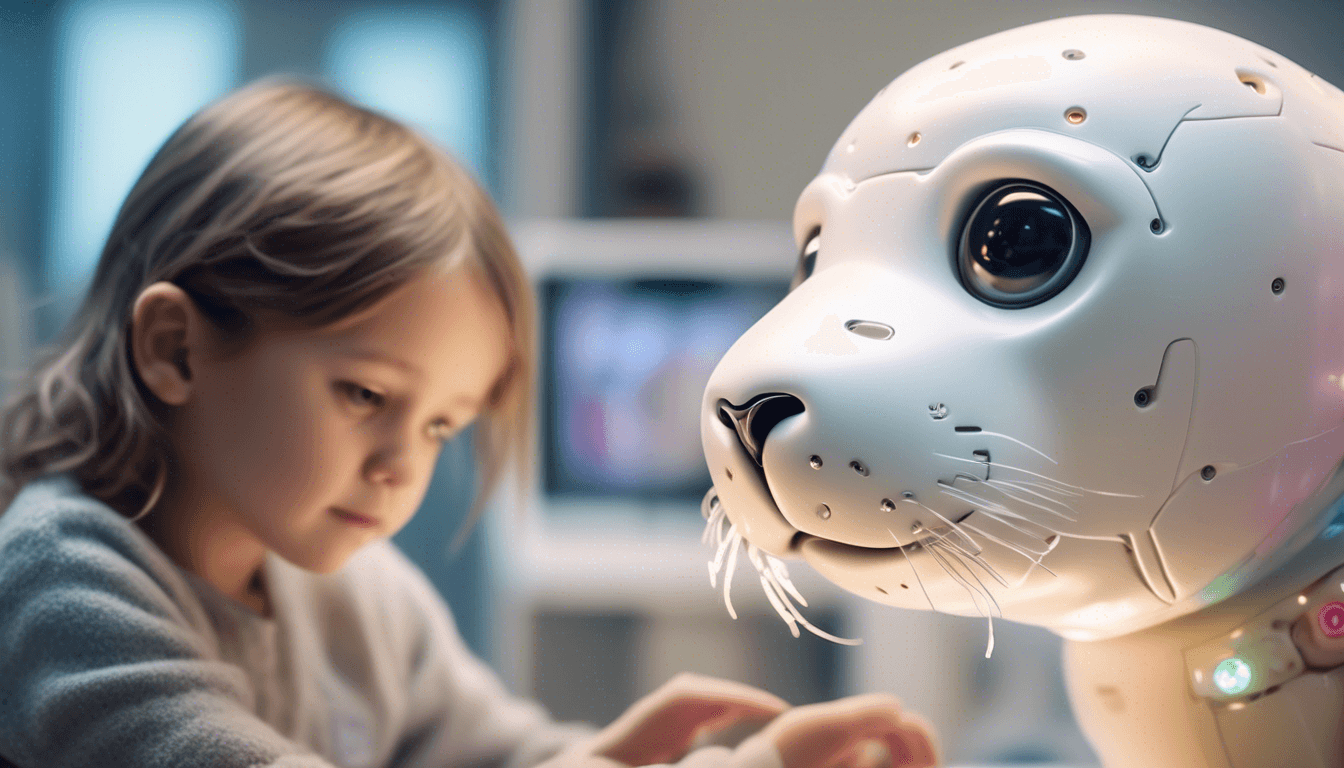
First things first, what exactly is a robot pet? These aren’t your average remote-controlled toys or virtual pets like the iconic Tamagotchi (throwback alert!). Companion robot pets are advanced, interactive devices designed to engage with children in meaningful ways. They come in various shapes and sizes, from cuddly plush animals to more futuristic designs, but they all share one key feature: the ability to respond and adapt to your child’s actions and emotions.
One of the most well-known examples is the robotic dog AIBO, developed by Sony. This robo-pup can learn and remember its owner’s face, respond to voice commands, and even develop its own unique personality over time. Other popular options include Paro, a therapeutic robot seal used in hospitals and nursing homes, and Moxie, an AI-powered companion that helps children develop social-emotional skills.
Enhancing Cognitive Development
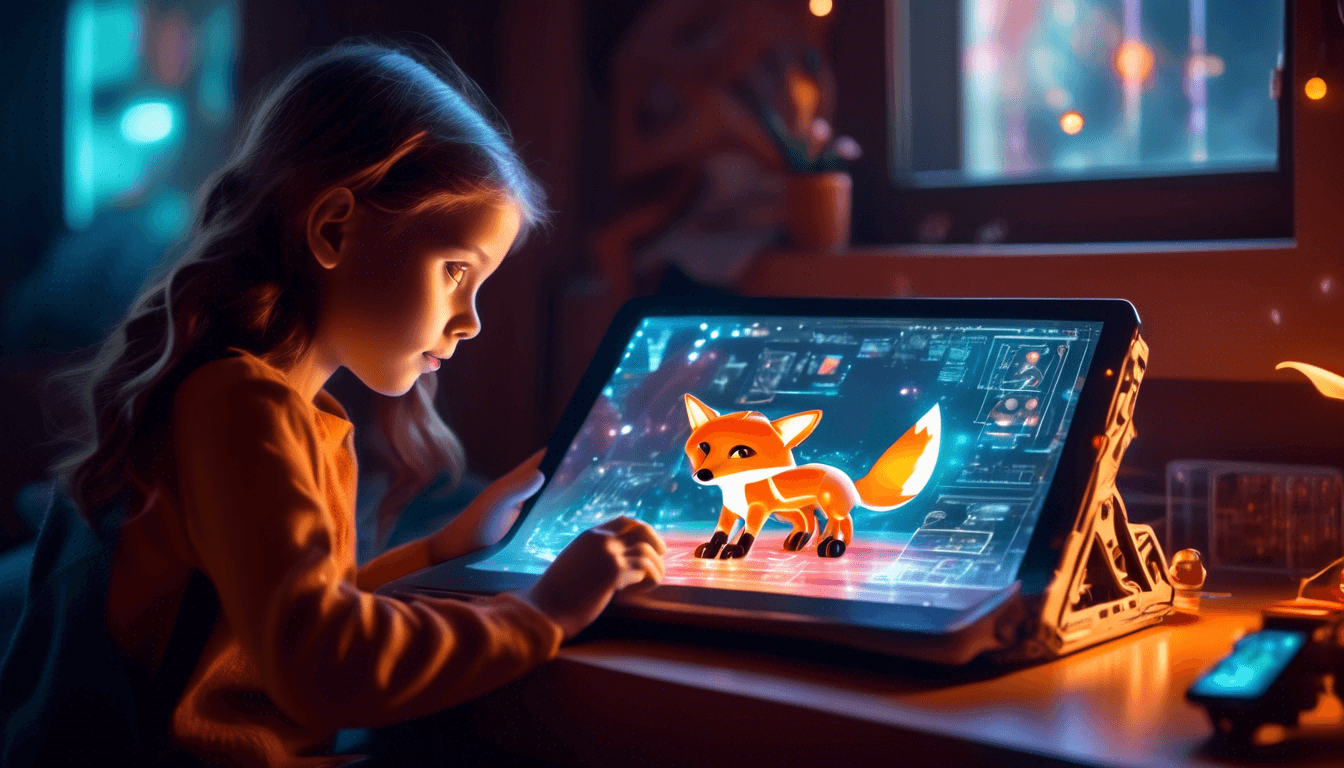
So, how can a robot pet support your child’s cognitive growth? For starters, interacting with these high-tech companions can help develop problem-solving and critical thinking skills. Many robot pets come with programmable features or coding activities that encourage kids to think logically and creatively.
Imagine your child teaching their robot dog new tricks or creating custom behaviors – they’re not just playing, they’re learning valuable STEM (Science, Technology, Engineering, and Math) concepts without even realizing it. As they experiment with cause and effect and trial and error, they’re building a strong foundation for future learning.
Moreover, robot pets can serve as engaging educational tools. Some models, like Moxie, are specifically designed to support learning through interactive games, stories, and challenges. They can help reinforce academic skills like reading, writing, and math in a fun, low-pressure environment. And because these companions are always ready to play and learn, they provide a consistent source of mental stimulation and encouragement.
Supporting Emotional Development
Beyond the cognitive benefits, robot pets can also play a crucial role in your child’s emotional development. These companions offer a safe, non-judgmental space for children to express themselves and practice important social-emotional skills.
For example, caring for a robot pet can help foster empathy and responsibility. As your child learns to recognize and respond to their companion’s needs, they develop a sense of compassion and understanding. They learn the importance of being gentle, patient, and attentive – qualities that translate to their human relationships as well.
Robot pets can also provide emotional support and comfort, particularly for children who may struggle with anxiety or loneliness. The constant, reliable presence of a robotic companion can offer a sense of stability and reassurance. Some models, like Paro, are even used in therapy settings to help reduce stress and promote relaxation.
Moreover, interacting with a robot pet can help children practice self-regulation and emotional control. As they navigate the ups and downs of playtime, they learn to manage frustration, share attention, and communicate their feelings effectively. These are essential skills that will serve them well throughout their lives.
Promoting Social Skills
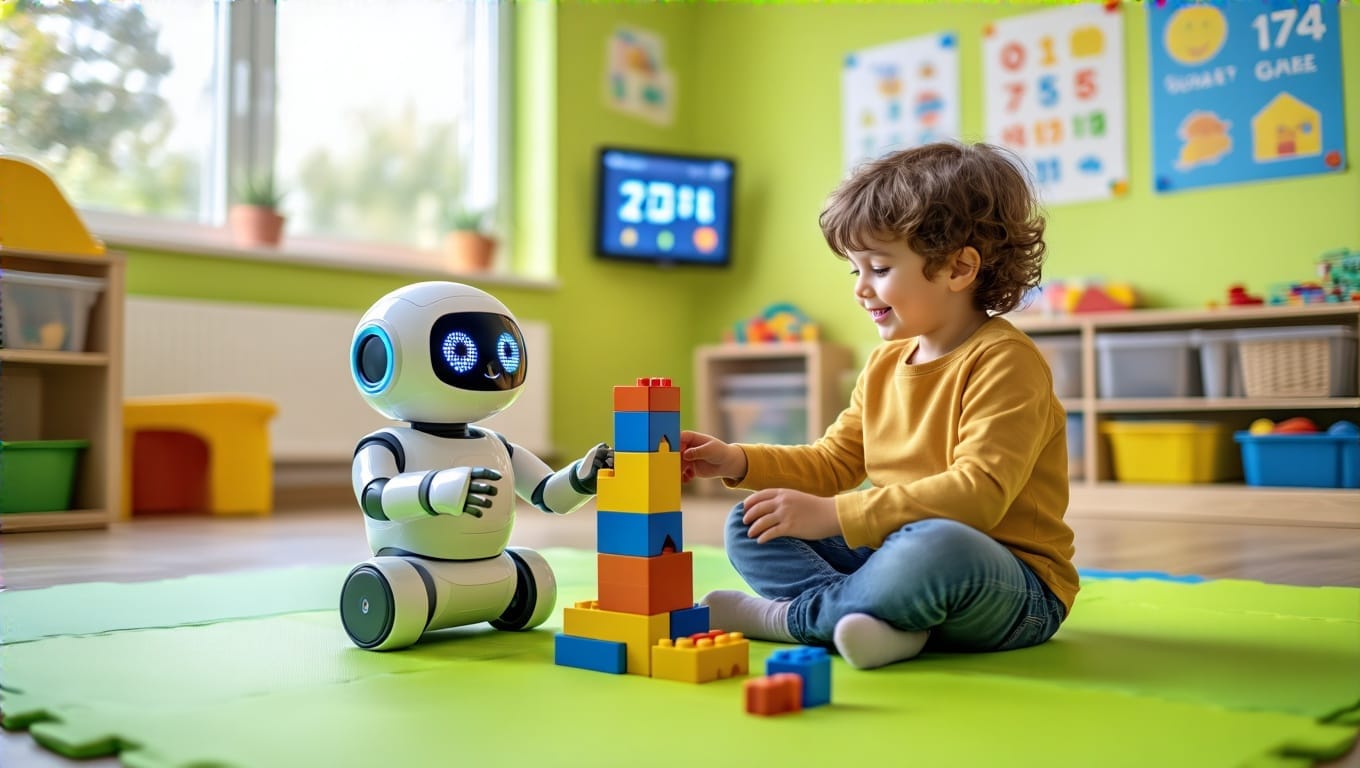
Perhaps one of the most surprising benefits of robot pets is their potential to enhance social skills. While it might seem counterintuitive – after all, aren’t they replacing human interaction? – these companions can actually serve as valuable tools for practicing and reinforcing social behaviors.
For children who may struggle with social anxiety or communication challenges, a robot pet can provide a low-stakes environment to practice new skills. They can learn to initiate conversations, take turns, and read social cues without the pressure of real-world interactions. As they gain confidence and competence with their robotic companion, they can gradually translate those skills to human relationships.
Moreover, robot pets can serve as social facilitators, helping children connect with their peers. Imagine a playdate where two kids bond over teaching their robot dogs new tricks, or a classroom where students collaborate on a coding project for their robotic companions. These shared experiences can foster friendships and teamwork in a natural, engaging way.
The Future of Companion Technology
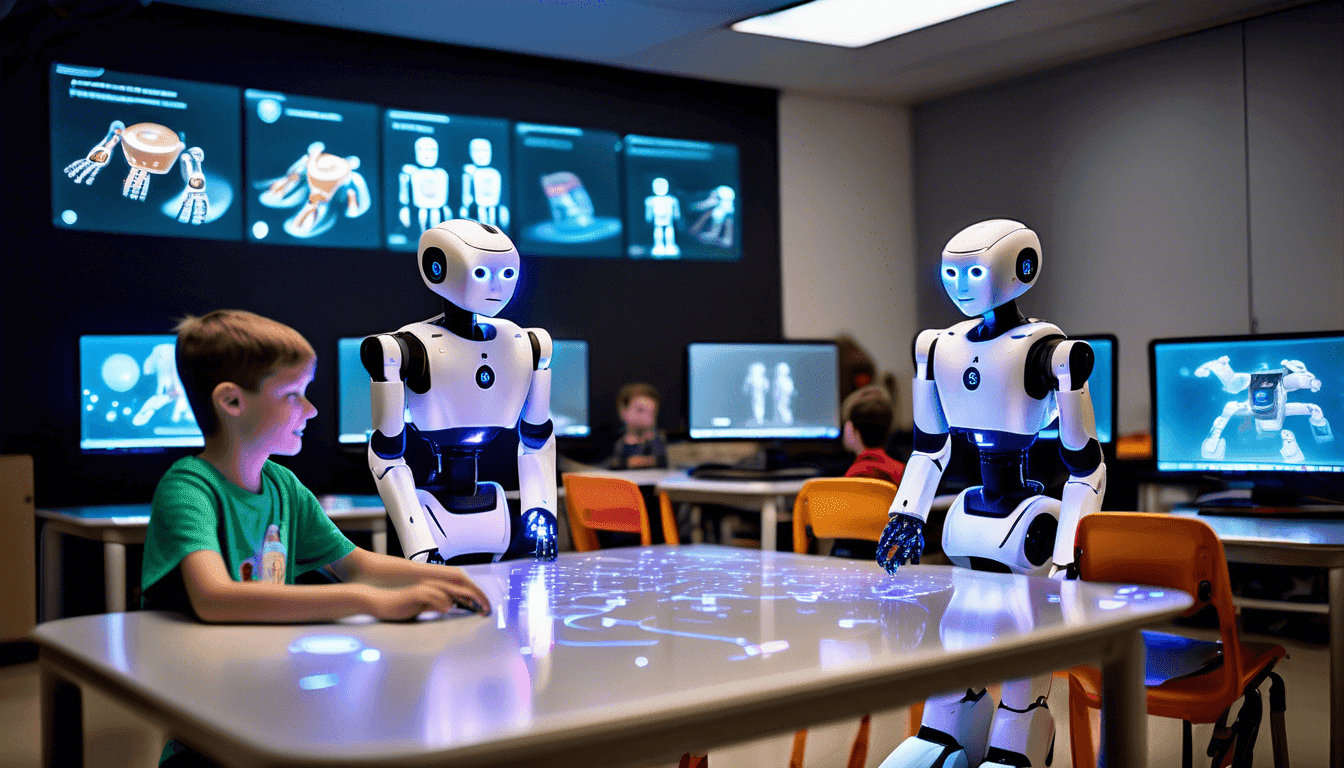
As technology continues to advance, the possibilities for robot pets and companion robots are endless. We may see models that can adapt to children’s unique learning styles, provide personalized feedback and support, or even assist with special needs like autism or ADHD.
However, it’s important to remember that robot pets are not meant to replace human interaction entirely. They are tools to support and enhance your child’s development, not substitutes for real-world relationships. As with any technology, moderation and balance are key.
Conclusion
In a world where screens and virtual experiences often dominate, robot pets offer a unique opportunity for children to engage with technology in a tangible, meaningful way. By supporting cognitive, emotional, and social development, these companions can help lay the foundation for a bright, successful future.
So, the next time your child begs for a robotic dog or interactive plush toy, don’t write it off as just another passing trend. Consider the potential benefits and how a high-tech companion might support your child’s growth and well-being. Who knows – you might just find yourself bonding with a robot pet of your own!

